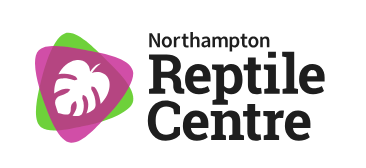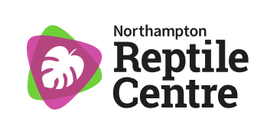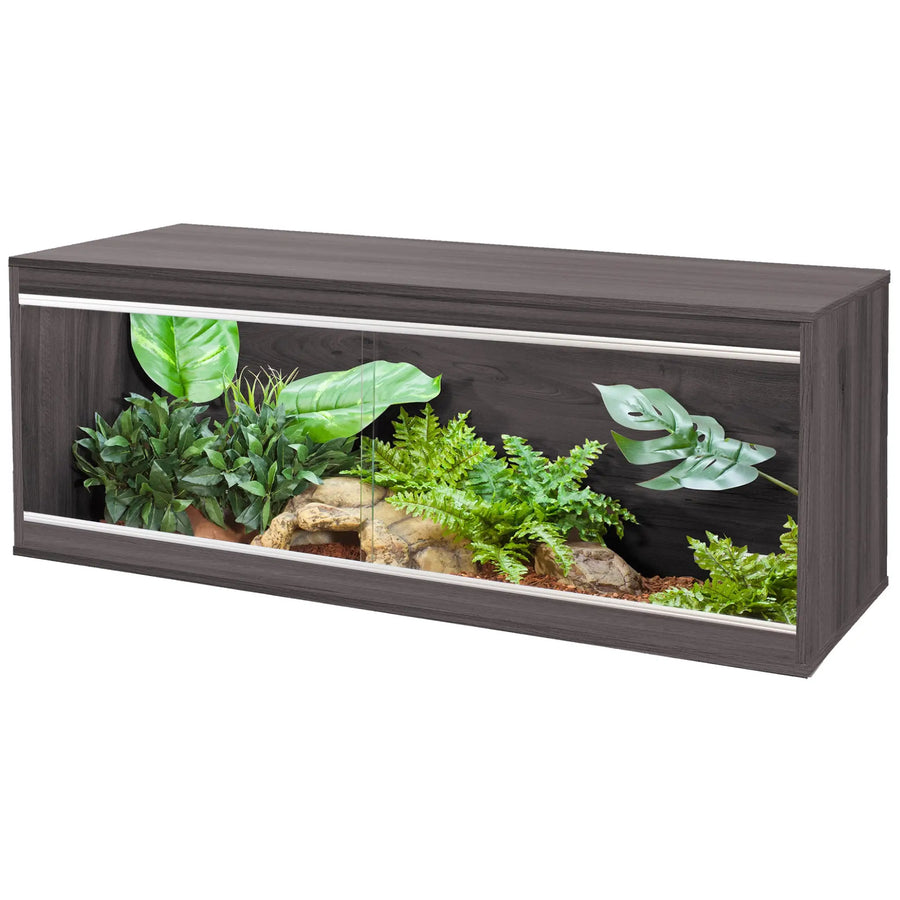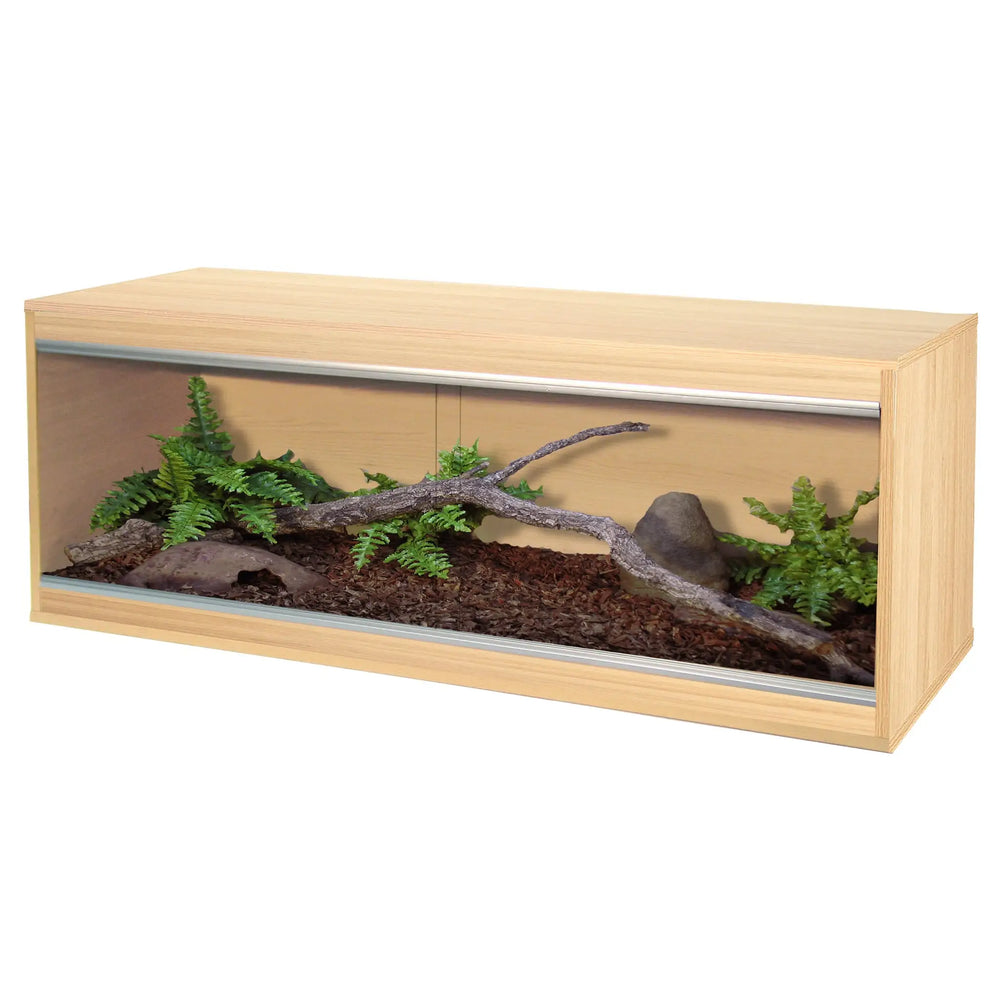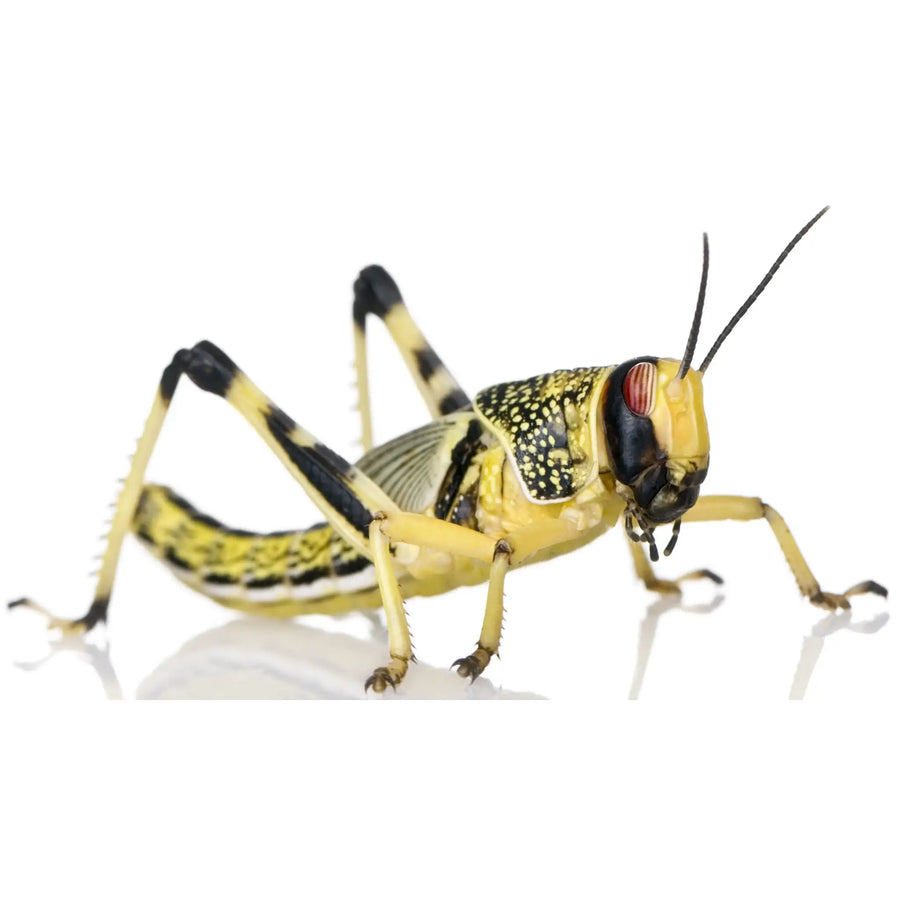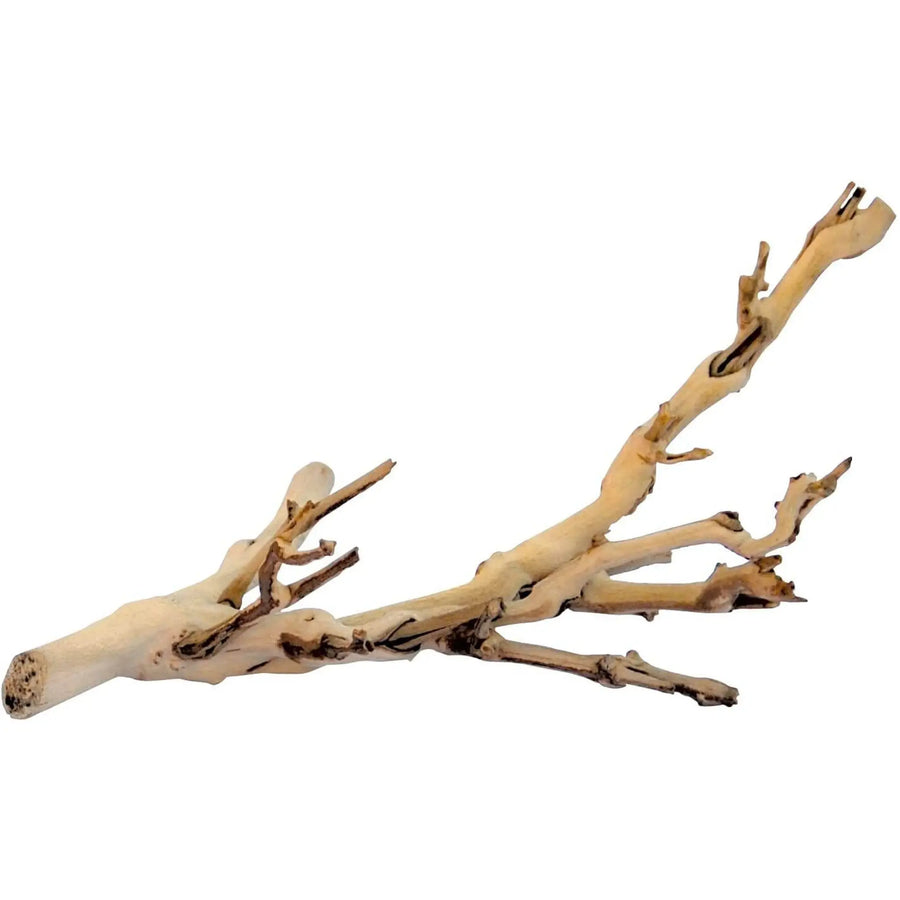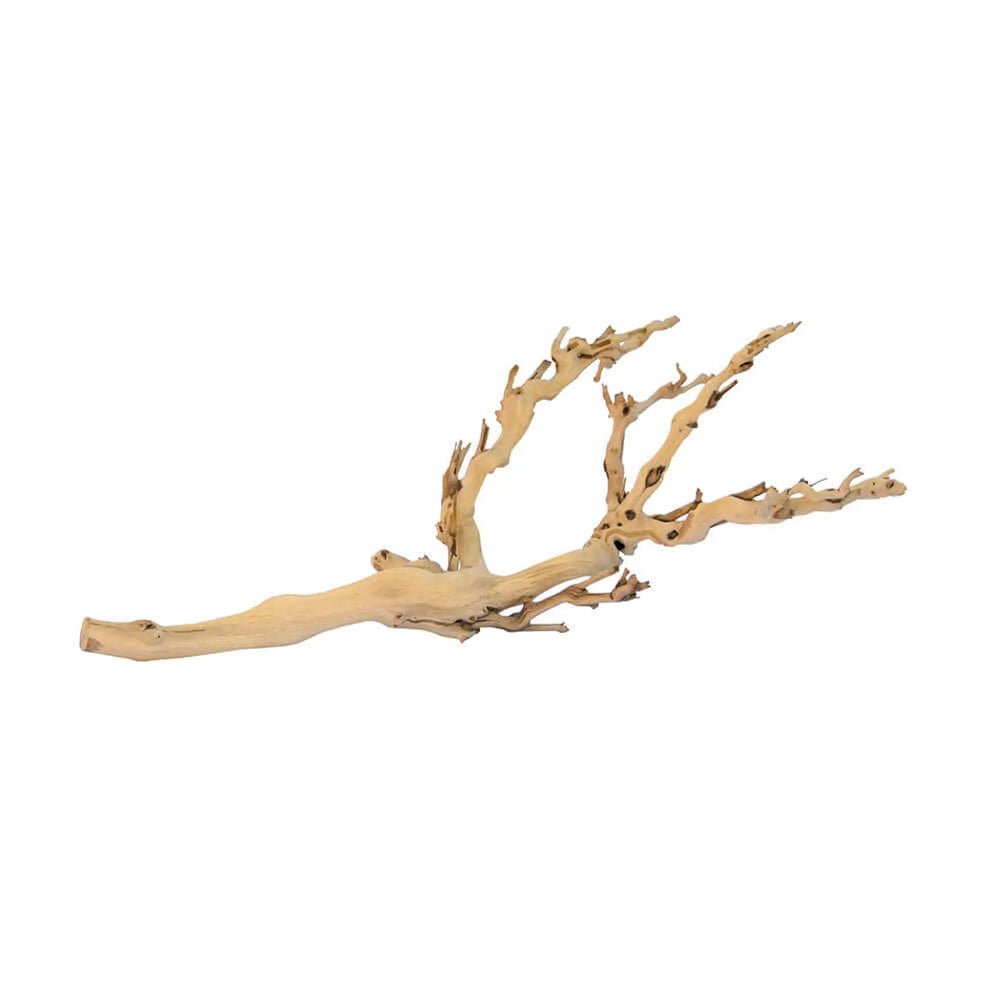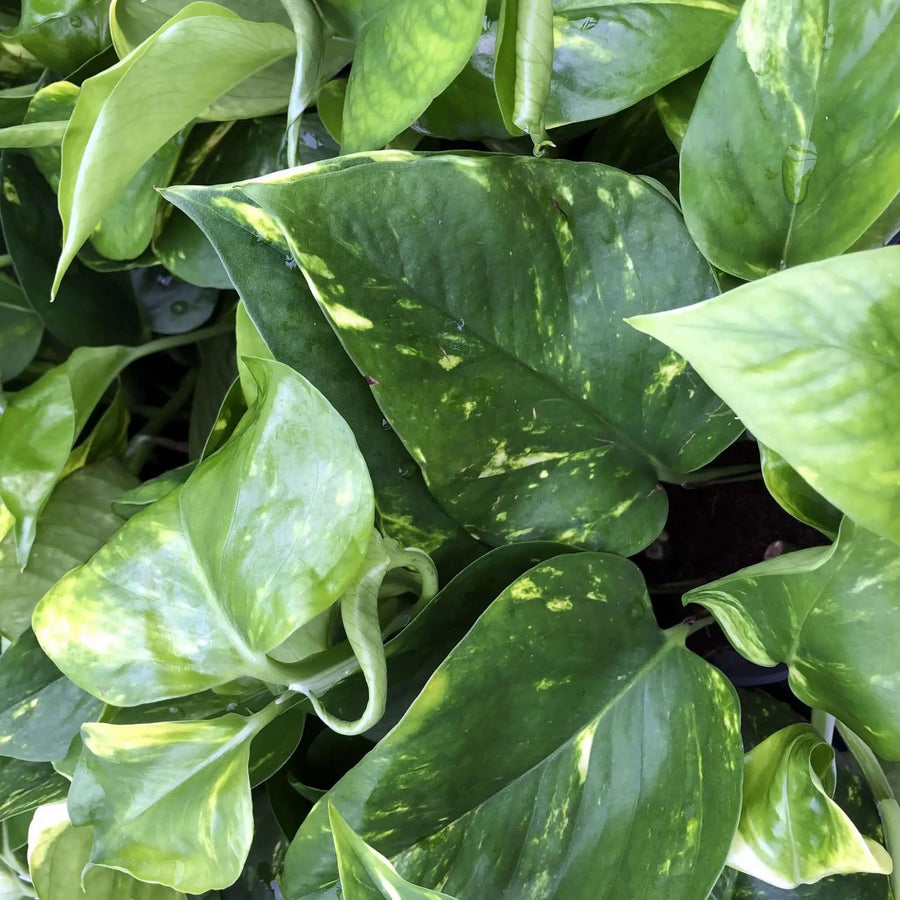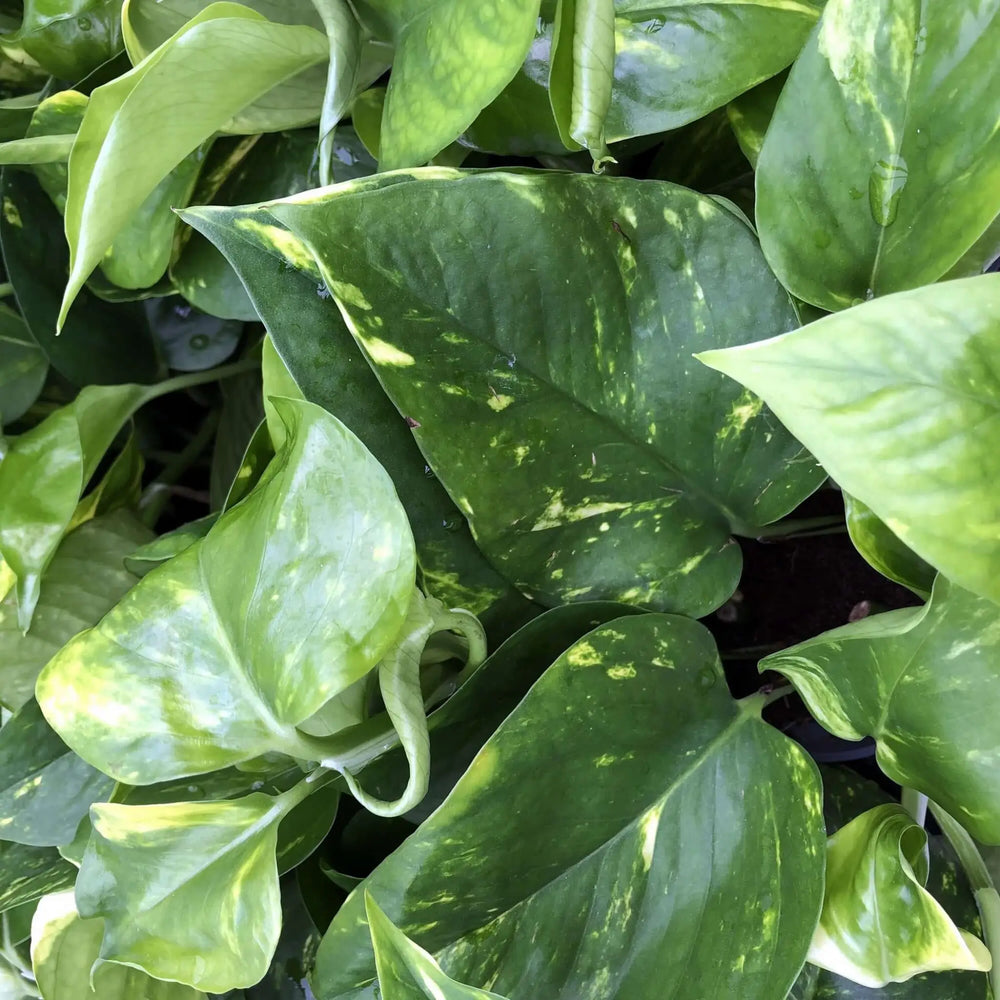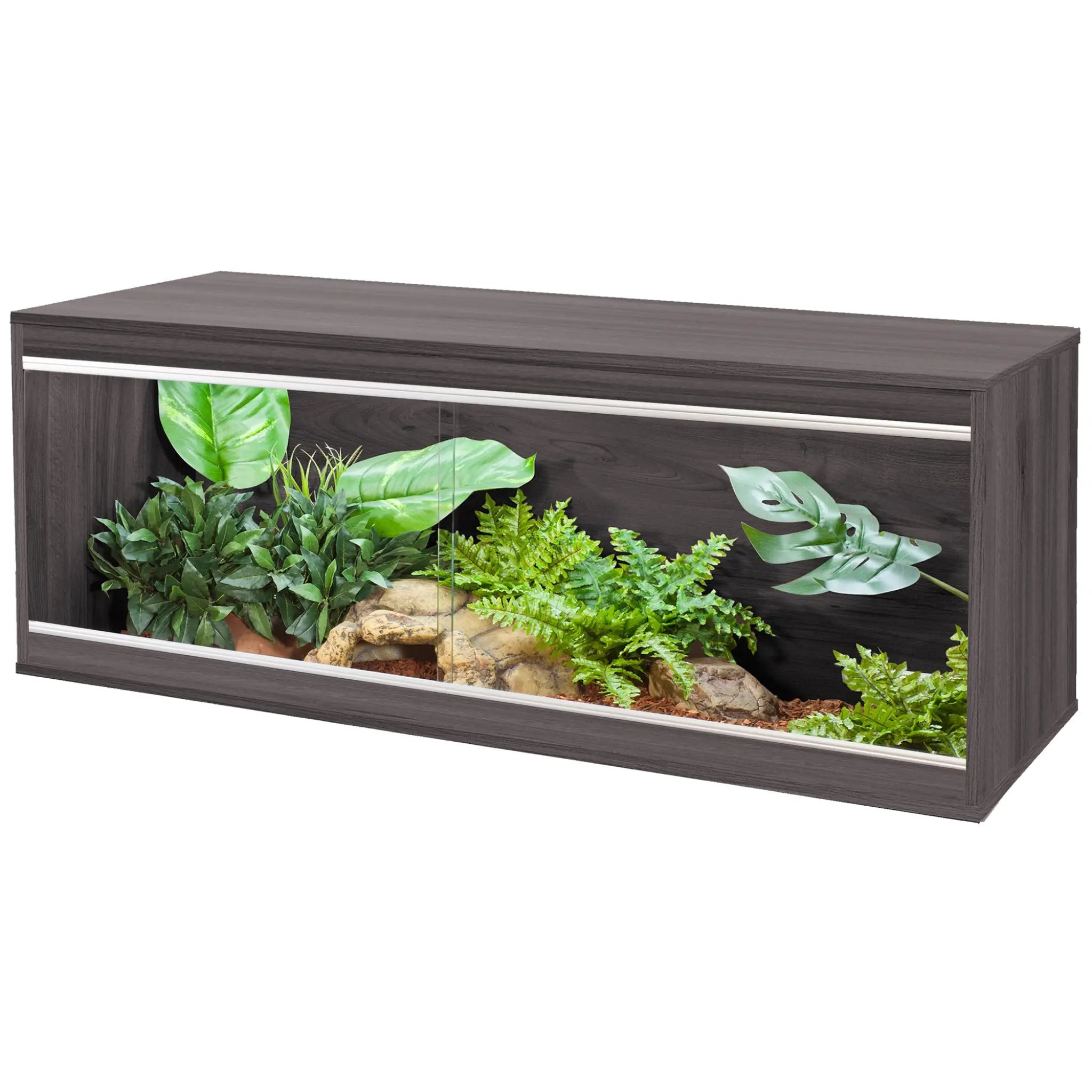
How to Increase Humidity for Reptiles: 5 Easy Methods
Reptiles can be found in different environments all over the world meaning that the conditions required for them to thrive will vary wildly from species to species. The four main points to consider when setting up a reptiles enclosure are humidity, heating, lighting and husbandry (including decor).
Many people in the UK find humidity to be one of the hardest of these to control as we can have humid rooms limiting how low the humidity inside of the enclosure can go or more often we have well-ventilated enclosures that lose humidity way too quickly.
We constantly hear this from gecko, frog and chameleon keepers and thought that a blog including 5 suggestions to keep the humidity up might be helpful. Please bear in mind that not all of these will be suitable for your pet, if you aren’t sure which would be the best method please contact us using the contact details at the bottom of this blog.
1. Spraying the enclosure
The most common method of increasing humidity in the enclosure is to spray the enclosure. For many species requiring additional humidity, this will also be a great way to provide drinking water throughout the day.
Spraying the enclosure is an especially effective method when paired with absorbent beddings and decorations as detailed in the section below. When spraying the enclosure we expect the humidity to rise to 90-100% during and shortly after the spray, it will then drop rapidly or slowly depending on how much ventilation there is, how humid the room is and how much water has been absorbed within the enclosure.
If you have a species that needs super high humidity and you aren’t able to spray throughout the day an automatic sprayer or misting system would be perfect. We would favour the units that have reservoirs outside of the enclosure and use adjustable nozzles within the enclosure.
The finer the mist the more humidity you will get but with a long enough spray you can expect a spike to 90%+. Of the misters currently on the market, we would recommend the MistKing misting systems for larger collections and the ExoTerra Monsoon range for smaller collections. We have a range of misters to suit different needs.
2. Including a water bowl on the warm end
Including a water bowl isn’t always the best option if your pet can’t swim very well but they are a brilliant way to increase humidity and make sure there is always drinking water within the enclosure.
If it is placed on the warm end a steady stream of water should be evaporating from the surface, increasing the humidity in the enclosure.
This works best in enclosures 2ft or shorter and will be especially effective if the bowl is near the basking section of the enclosure. Browse our range of water bowls to find the right one for your enclosure.
3. Moving water sources e.g. large pools or waterfalls
Having water moving within your enclosure is a great way to increase the humidity of the enclosure. The most common way to add moving water would be to include a waterfall on the cool end of a tall enclosure.
Having water cascade down the decoration and splash should release a fair amount of humidity. If the waterfall is placed in a warm spot you should also see some evaporation which will also increase the humidity.
A less commonly used method that could be great for some species would be to have a larger pool of water with a water pump or some other device causing breaks on the surface of the pool.
This is easiest to implement in paludariums which already include a body of water at the bottom, but a small tank or extremely large bowl with a pump could provide the same effect. We will often use this method with larger lizards such as water dragons, basilisks and iguanas.
4. Absorbent bedding and decorations
Absorbent decorations are a brilliant way of maintaining humidity after it has been introduced to the enclosure.
Unlike the other suggestions in our list, this will not increase the humidity on its own but it is the best way to maintain humidity throughout the day without constantly adding more water to the enclosure. Natural wood pieces would be included in this category with those including absorbent bark layers being the best.
We normally use troncho branches, oak branches and cork branches. Natural cork pieces such as the tubes and flat pieces are also brilliant. Also included in this category would be soil and bark beddings, live plants and live mosses.
5. Foggers and humidifiers
Foggers and humidifiers are devices that put very fine water particles into the air.
Unlike sprayers and misters they will not normally saturate the decorations or condensate onto surfaces but they will increase the humidity for as long as they are on. They are normally available as external devices with hoses to go into the enclosure or as small internal devices that can be submerged in a pool.
As foggers only service a single purpose we don’t normally use these very often and tend to lean into the spraying, moving water or absorbent decor but these can be a good option if you would like a mist/fog effect in your enclosure.
I hope you have found these suggestions helpful. As always please consider your pet when deciding on a course of action and if you aren’t sure which of these, or combination of these, would be best for your pet please contact us at sales@reptilecentre.com or call us on 01604753823.
